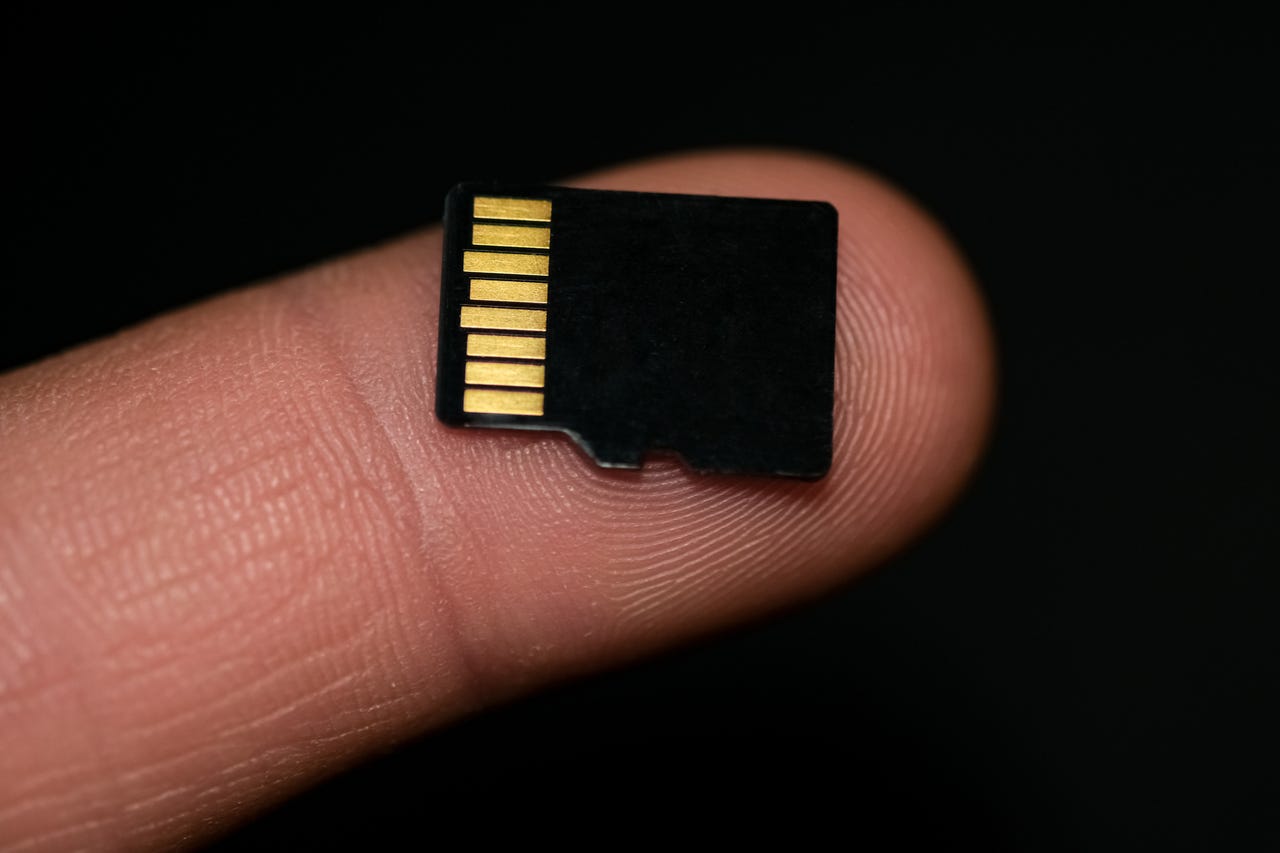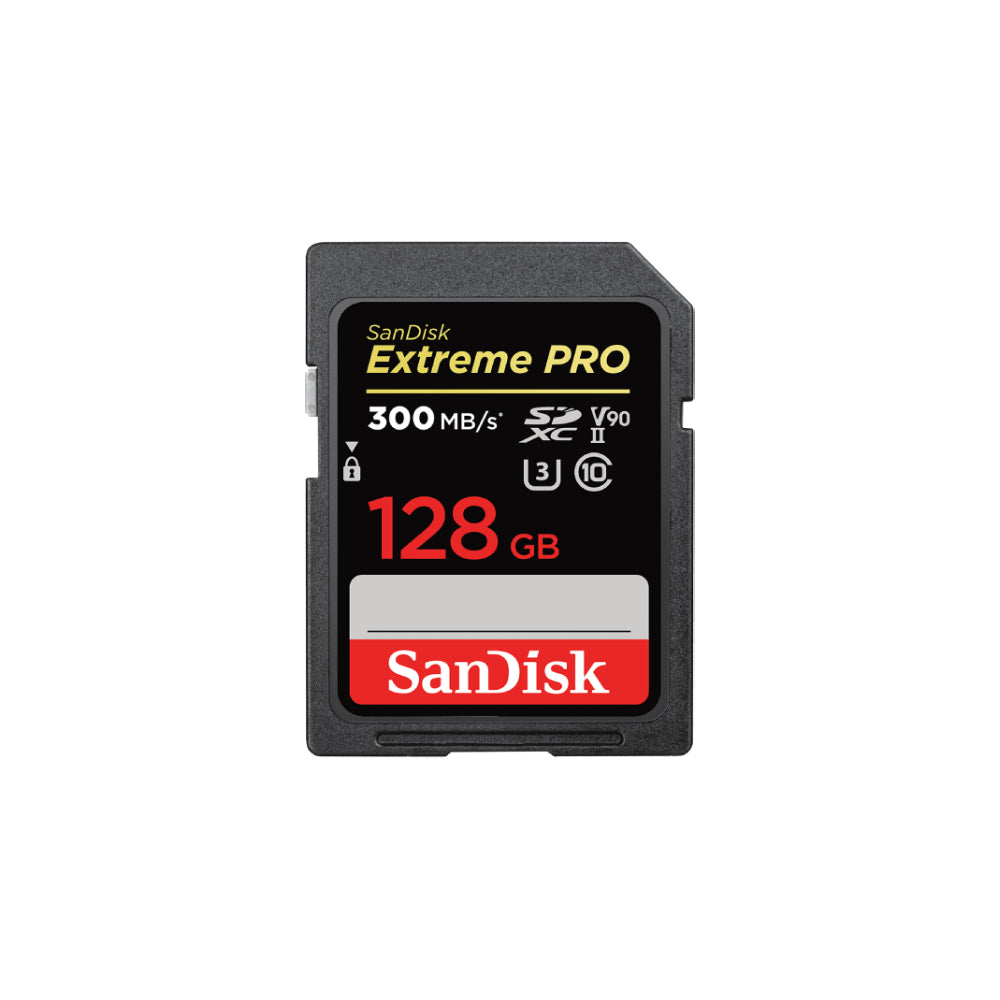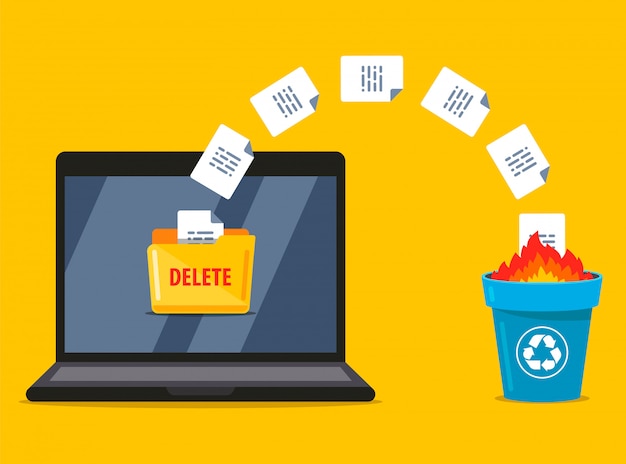Introduction to Microsoft Store Auto-Update Issues
Have you ever experienced an issue where your Microsoft Store apps refuse to update automatically? It’s a common problem many users face, and it can be incredibly frustrating. Apps that are not updated regularly can become outdated quickly, leading to a decrease in their functionality and the overall user experience. In this article, we will demystify this issue and provide you with five proven methods to correct auto-update issues with Microsoft Store apps.
The Microsoft Store is a hub for all things related to Microsoft. It’s a place where you can download and update a variety of apps, games, music, and videos. However, like any other software, it can sometimes experience glitches or issues – one of which is auto-update problems. These issues can occur for a variety of reasons, including slow internet connection, outdated device drivers, and more.

Understanding and correcting these auto-update issues are crucial for maintaining the smooth operation of your apps and your device as a whole. In this guide, you’ll learn about the importance of auto-updates, common problems with Microsoft Store auto-updates, and five proven methods to correct these issues.
Understanding the Importance of Auto-Updates
Auto-updates are an essential feature of any app store, including the Microsoft Store. They ensure that your apps are always up-to-date with the latest features and security patches. This is vital to protect your device from potential security threats and to ensure that your apps are functioning at their best.
However, auto-updates are not just about adding new features or fixing bugs. They also play a significant role in enhancing the overall user experience. With each update, developers strive to improve the app’s performance, reduce lag, and fix any reported issues. In other words, auto-updates keep your apps fresh and optimized for your device.
Despite their importance, auto-updates can sometimes cause issues. These issues can range from minor annoyances, such as slow download speeds, to major problems, like apps not updating at all. Understanding these issues is the first step towards resolving them.
Common Problems with Microsoft Store Auto-Updates
There are several common problems that users encounter with Microsoft Store auto-updates. One of the most prevalent is the failure of apps to update automatically. This can happen due to a variety of reasons, including poor internet connection, outdated device drivers, and issues with the Microsoft Store itself.
Another common problem is slow update speeds. This can be particularly frustrating when you’re trying to update a large app or game. Slow update speeds can be caused by a multitude of factors, such as network congestion, server issues, or problems with your device.
Lastly, some users have reported that their apps update but then fail to launch. This can be a severe issue, especially if the app in question is one that you use regularly. This problem can occur due to corrupt app files, issues with the update itself, or incompatibility between the app and your device.
Exploring the 5 Proven Methods to Correct Auto-Update Issues
Now that we’ve understood the importance of auto-updates and the common problems associated with them let’s explore the five proven methods to correct auto-update issues with Microsoft Store apps.
Method 1: Checking Your Internet Connection
Your internet connection plays a crucial role in the auto-update process. A slow or unstable connection can lead to slow update speeds or even prevent updates from downloading altogether. Therefore, the first step in resolving auto-update issues is to check your internet connection.
Ensure that you’re connected to a stable and fast network. If you’re using Wi-Fi, try moving closer to the router to improve the signal strength. If your connection is still slow, try restarting your router or contacting your Internet Service Provider for assistance.
Method 2: Resetting the Microsoft Store
If your internet connection is stable and fast, but you’re still experiencing auto-update issues, the problem could lie with the Microsoft Store itself. In this case, resetting the Microsoft Store might help.
To reset the Microsoft Store, go to ‘Settings’ on your device, then ‘Apps,’ and find ‘Microsoft Store’ in the list. Click on it, then click ‘Advanced options,’ and then ‘Reset.’ This will clear the store’s cache and hopefully resolve any issues.
Method 3: Updating Your Device Drivers
Outdated device drivers can cause a multitude of problems, including issues with auto-updates. Therefore, it’s essential to ensure that all your device drivers are up-to-date.
To update your device drivers, go to ‘Device Manager’ on your device, and expand the categories. Right-click on each device and select ‘Update driver.’ This will ensure that all your device drivers are updated and can potentially resolve any auto-update issues you’re experiencing.
Method 4: Running the Troubleshooter
If the above methods don’t work, you can try running the troubleshooter. The troubleshooter is a built-in tool on Windows devices that can detect and resolve a variety of issues, including auto-update problems.
To run the troubleshooter, go to ‘Settings’ on your device, then ‘Update & Security,’ and then ‘Troubleshoot.’ Find ‘Windows Store Apps’ in the list and run the troubleshooter. This will detect and resolve any issues with your Microsoft Store apps.
Method 5: Reinstalling the Apps
If all else fails, you can try reinstalling the apps that are having auto-update issues. This is a last resort, as it can be time-consuming and you may lose any saved data in the app. However, it can also be an effective way to resolve any persistent auto-update issues.
To reinstall an app, go to the Microsoft Store, find the app in question, and uninstall it. Then, reinstall the app from the Microsoft Store. This should resolve any issues with the app’s auto-updates.
Preventing Future Microsoft Store Auto-Update Issues
Prevention is always better than cure, and this is especially true when it comes to technology. Here are some tips to prevent future Microsoft Store auto-update issues:
- Always ensure that your internet connection is stable and fast.
- Regularly check for updates for your device drivers.
- Clear the Microsoft Store cache regularly.
- Always keep your device updated with the latest Windows updates.
By following these tips, you can significantly reduce the likelihood of experiencing auto-update issues in the future.
Conclusion
Auto-update issues with Microsoft Store apps can be frustrating, but they’re not insurmountable. By understanding the importance of auto-updates, recognizing the common problems, and implementing the five proven methods outlined in this guide, you can resolve these issues and ensure that your apps are always up-to-date.
Remember, keeping your apps updated is crucial for maintaining their functionality and protecting your device from potential security threats. So, don’t let auto-update issues stand in your way. Use this guide to resolve these issues and enjoy a smoother, more seamless user experience.




Leave a Reply